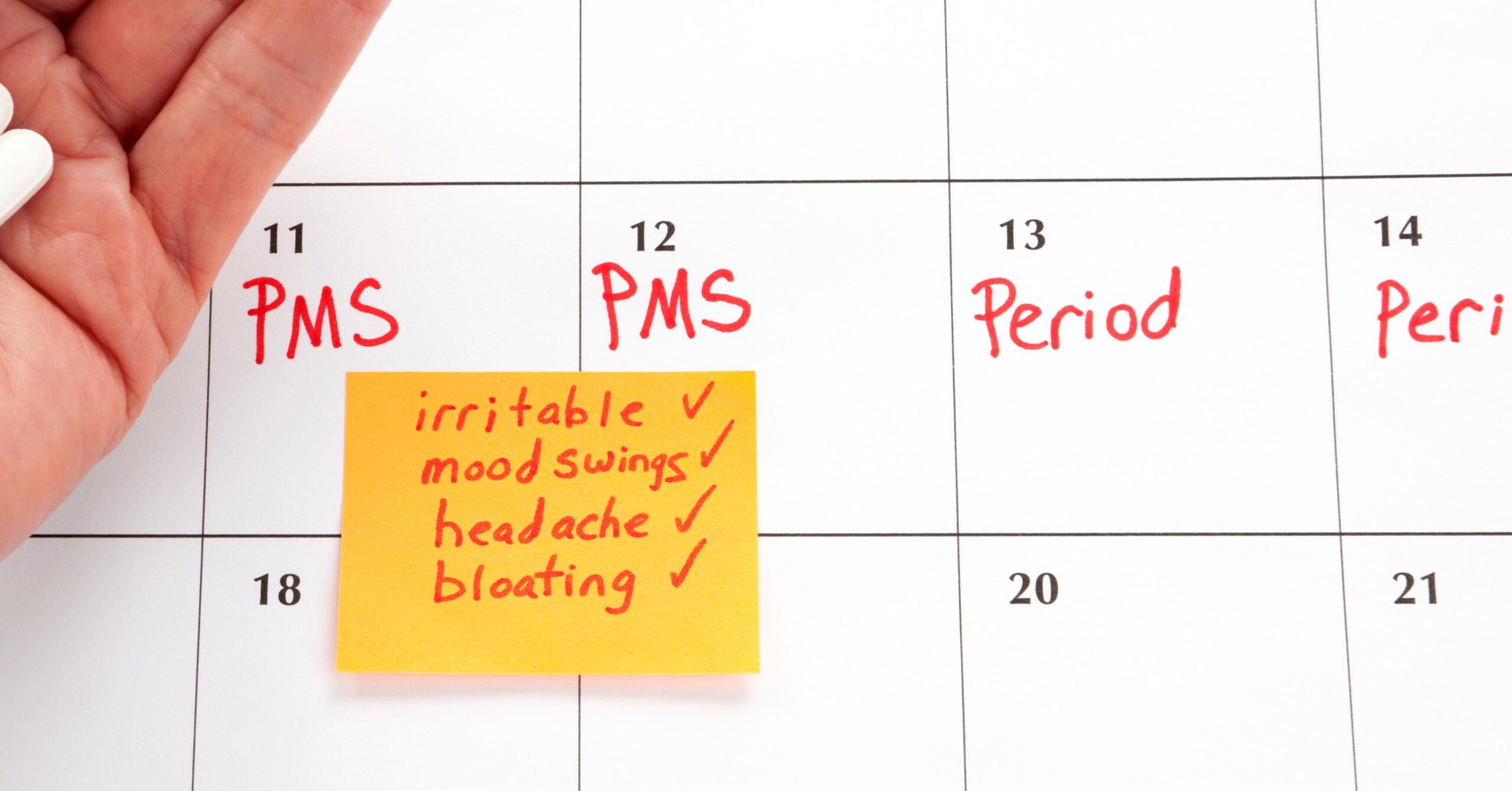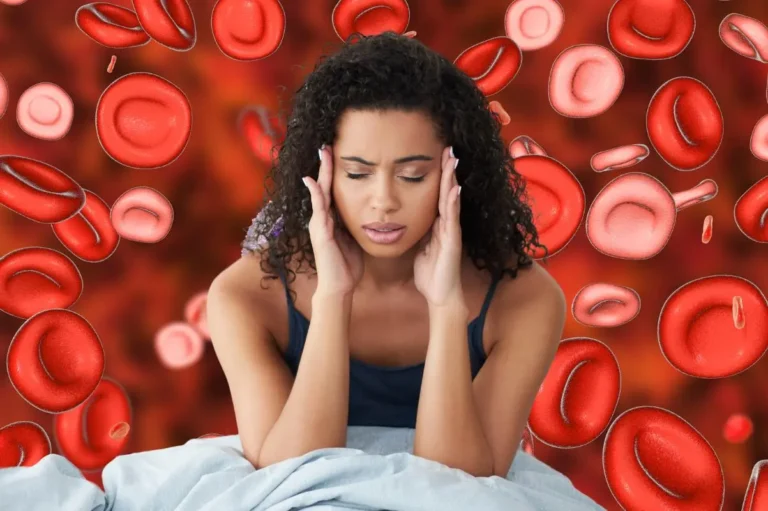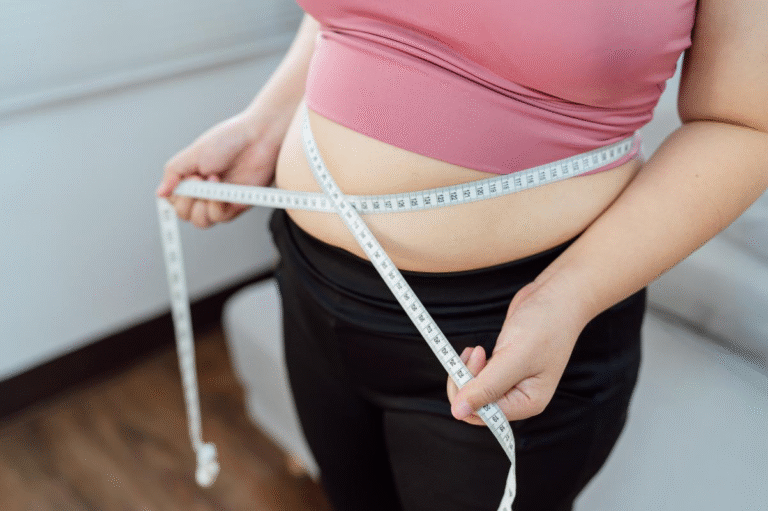Is It PMS or PMDD? How to Know the Difference
If your period feels like an emotional rollercoaster, you’re not alone. Many women experience mood swings, bloating, and fatigue during the days leading up to menstruation, which are classic signs of premenstrual syndrome (PMS). However, when these symptoms become severe enough to interfere with daily life, premenstrual dysphoric disorder (PMDD) may be the underlying cause.
While PMS affects up to 75% of menstruating women, PMDD is a more severe and lesser-known condition impacting 5% to 8%, according to the Office on Women’s Health. Knowing the difference is essential not just for your mental and physical health, but for getting the support and treatment you deserve.
Expert Insights: PMS vs. PMDD Symptoms
“PMDD is often misdiagnosed as depression, anxiety, or even bipolar disorder,” says Dr. Judith Volkar, MD, a board-certified gynecologist and women’s health expert at UPMC. “The main difference lies in the timing and intensity of the symptoms—PMDD hits hard in the luteal phase of the menstrual cycle and disappears within a few days of menstruation starting.”
PMS Symptoms Typically Include:
- Mood swings or irritability
- Bloating and breast tenderness
- Mild fatigue or sleep changes
- Food cravings
- Minor concentration issues
PMDD Symptoms May Include:
- Severe mood swings and rage or depression
- Anxiety or panic attacks
- Hopelessness or suicidal thoughts
- Intense fatigue and insomnia
- Feelings of being “out of control”
- Impaired daily function or relationships
If you find yourself dreading the two weeks before your period or noticing a pattern of severe symptoms, it’s time to take it seriously.
What the Research Says
A 2021 study published in The Lancet Psychiatry found that PMDD shares neurochemical traits with mood disorders, particularly in how the brain responds to normal hormonal changes. Women with PMDD show heightened sensitivity to fluctuating estrogen and progesterone levels, particularly in areas of the brain that regulate mood and emotional processing.
According to the National Institute of Mental Health (NIH), Premenstrual Dysphoric Disorder (PMDD) is not merely a severe form of Premenstrual Syndrome (PMS). It is a serious hormone-related mood disorder that can be debilitating without proper treatment.
Why This Distinction Matters for Public Health
Many women are misdiagnosed or ignored when they report emotional distress linked to their cycle. Misunderstanding PMDD can lead to years of unnecessary suffering, misprescribed medications, or untreated mental health symptoms.
Poor awareness also affects relationships, work productivity, and overall well-being. PMDD is linked to a higher risk of suicidal ideation, with some studies showing a five-fold increase during the premenstrual phase.
Public health efforts must prioritize menstrual education and mental health integration—something both the CDC and American Psychiatric Association now advocate for in reproductive healthcare.
How to Manage PMS and PMDD—Naturally and Medically
Whether you’re dealing with manageable PMS or suspect PMDD, here are some steps you can take:
1. Track Your Cycle
Use apps like Clue or Flo to track your mood and physical symptoms across your cycle. This helps identify patterns and aids in diagnosis.
2. Consider Diet and Supplements
- Magnesium, vitamin B6, and calcium have shown benefits for mood regulation.
- Reduce sugar, caffeine, and alcohol, which can spike anxiety and fatigue.
- Add omega-3s from fish or flaxseed to support brain health.
3. Therapy and Stress Reduction
Cognitive behavioral therapy (CBT) has been shown effective in managing PMDD-related mood swings. Meditation and breathwork may also help reduce premenstrual anxiety.
4. Medications and Hormonal Options
- SSRIs (like fluoxetine) can help alleviate PMDD symptoms even when taken only during the luteal phase.
- Birth control pills or hormonal IUDs may help regulate mood swings by stabilizing hormone levels.
- In severe cases, GnRH agonists may be prescribed under specialist supervision.
Always consult a board-certified OB-GYN or psychiatrist before starting new medications or hormone therapy.
Know Your Cycle, Know Yourself
If you’ve ever been told that your symptoms are just due to hormones, but they feel far more overwhelming, trust your instincts. Understanding the difference between PMS and PMDD is crucial for advocating for your health.
Menstrual mental health is important, according to Dr. Volkar. Premenstrual syndrome (PMS) is common, but if it interferes with your daily life, speak up. You’re not being dramatic; you might be experiencing premenstrual dysphoric disorder (PMDD).
Check out the healthlynic ✔️approved range of products for Weight Loss, Improve metabolism and much more!







